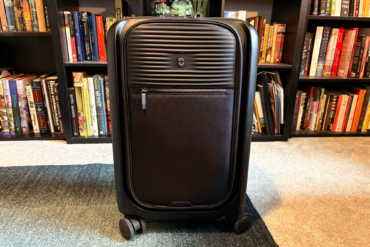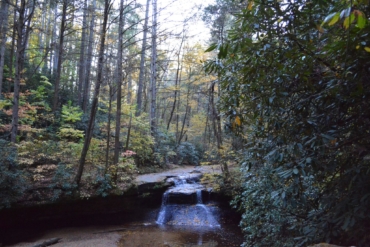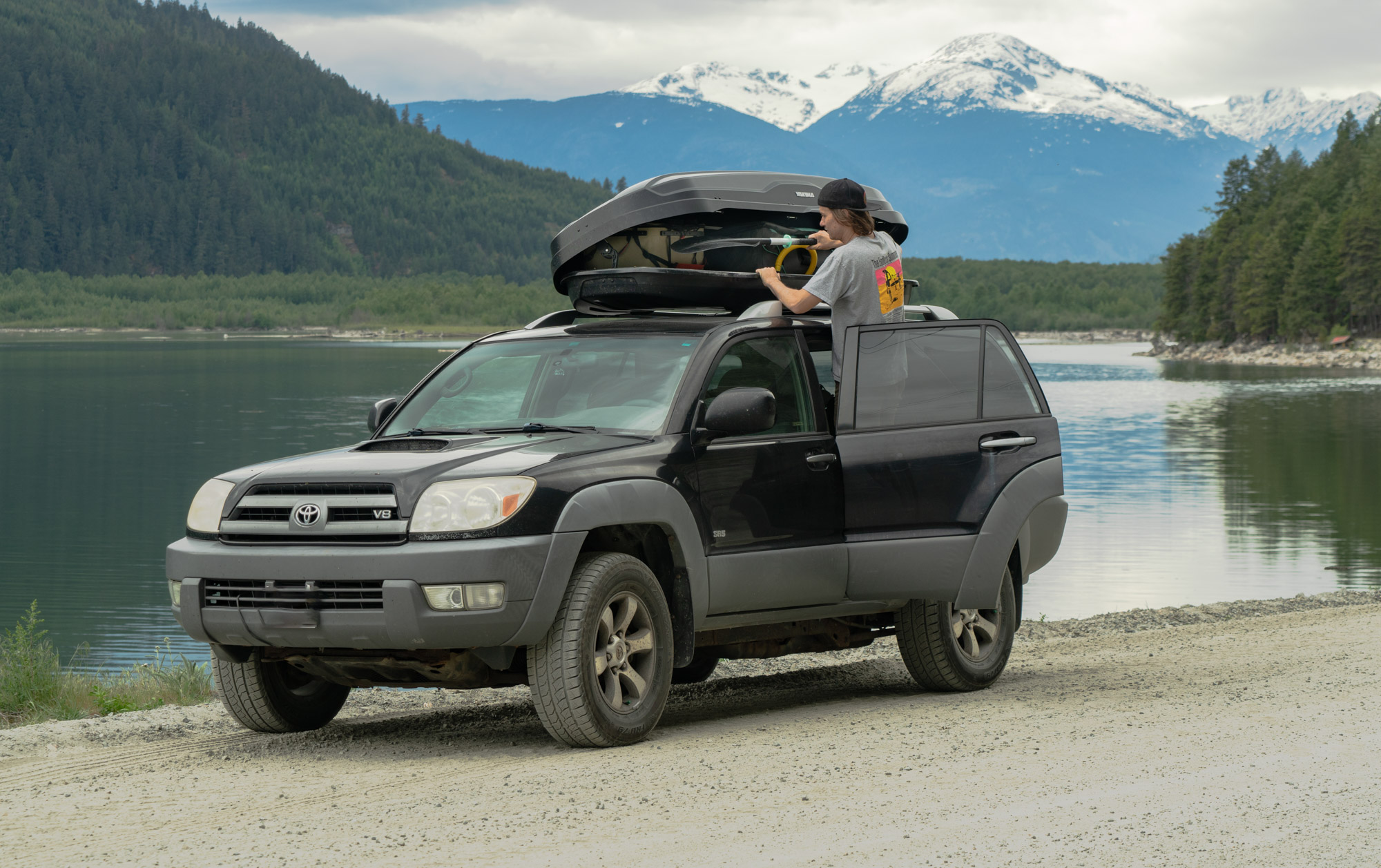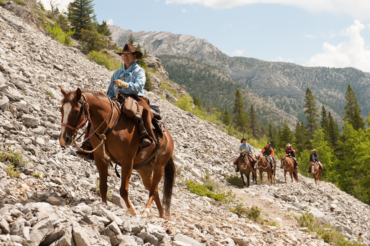Head to one of the most beautiful places in the world and compete in a variety of races. The Patagonia Camp Cup offers competitors a myriad of distances on 84,000 acres of private land at the foot of Torres del Paine National Park, one of the world’s most remote destinations.
Looking for some adventure travel with a chance for glory and the promise of pain, sweat, and the most picture-perfect views on Earth? If so, you’re a prime candidate for the Patagonia Camp Cup, an adventure race like no other.
Taking place on May 25, 2019, this annual ultrarunning event enters its fourth year but remains virtually unknown in the U.S. Still, it’s a must-do for the wanderlusting trail runner or adventure traveler — especially those who’ve never been to Patagonia.
Pro tip: You might want to go before it becomes the next tourist-choked Iceland.
Patagonia Camp Cup Adventure Race
The only race of its kind, the Patagonia Camp Cup takes place entirely on private property. In fact, racers navigate an 84,000-acre private reserve at the gates of Torres del Paine National Park. There, you’ll see breathtaking views of 78-square-mile Lake Toro, fed by the third-largest glacier in the world (also a totally drinkable water source).

This up-and-coming trail race checks all the boxes. With 15, 25, or 42km (9-, 16-, or 26-mile) distances, it has something for everyone. Not to mention, the trip to Chile is worth it just to stay at one of the coolest eco-lodges in the world — the Patagonia Camp Yurts (more on that below).
Plus, you can explore a few classic treks within the park while you’re there. (When you stay at the Patagonia Camp, guides are included.) And if you’re really after it, you can try to beat Jason Schlarb’s FKT of the “W trek” around the base of Torres de Paine after the race.
Visit the Patagonia Camp Cup website for more information and to book your spot! The race takes place on May 25, 2019, so book soon.
Patagonia Camp Cup: How to Pack
Weather in Patagonia is very unpredictable all year round. Think Colorado times 100. The race happens in late May, which is fall in the southern hemisphere. And temperatures can dip as low as 28 degrees Fahrenheit, especially early in the morning, and reach as high as 54-57 degrees F during the day.
Snowstorms can come out of nowhere and engulf you before you can pull out a shell; winds often follow. And, finally, there are the elusive, heavenly views of the Paine Mastiff.
Race organizers provide a list of required equipment on the website. And entry towns offer both mountaineering and outdoor shops. But with the extreme changes in weather, I found it paid to be prepared ahead of time.
For trail running, I used superlight waterproof shells. From Gore Run, I wore the R7 Gore-Tex Shakedry Hooded Jacket (also available in women’s). And from Patagonia’s new run collection, I used the Houdini Air Jacket. With mild insulation, it makes a great outer or midlayer.
And for trekking, I always go with the Mountain Hardwear Ghost Whisperer down puffy and Salewa’s water-resistant wool midlayer, the Ortles Hybrid TirolWool Celliant Jacket. I also packed a heavier Gore-Tex Pro shell — the Zeta SL from Arc’teryx — for wet outings.
To keep my legs happy, I opted for Fjällräven’s soft (and stylish) trekking tights versus carrying rain pants in my pack. And I ran in Inov-8’s waterproof Mudclaw G 260 trail shoes, as I prefer the low ground feel and durability.
Beyond that, I took my typical international travel kit. This includes the Adventure Medical Kits Ultralight/Watertight .3 and water filtration — an MSR TrailShot and Katadyn’s BeFree collapsible bottle.
Finally, light and power round out the kit. I always have Black Diamond’s simple Iota headlamp (just in case) and Petzl’s multifunctional Reactik+ headlamp. And I have fallen in love with the Fuse Chicken Universal 220-volt power converter.
How to Go
To reach the camp in Chile’s extreme south, known as the Magellan and Antarctic regions, you’ll fly into Punta Arenas or Puerto Natales. Note for May racers: Flights to Puerto Natales operate only during high season, which is November to March. Once there, a Patagonia Camp driver will pick you up at your hotel or the airport.
Punta Arenas makes for a good overnight and introduction to Chilean/Patagonian culture (it’s also a jumping-off point for Antarctica). And it’s typically reached with a layover in Santiago from the U.S.
Patagonia Camp Yurt Eco-Lodge
The Patagonia Camp Yurt eco-lodge sits just above the shores of Lake Toro. The largest lake in the region, Toro provides water directly to the lodge — a fascinating and sustainable setup that allows you to stay thoroughly hydrated during your stay.
I highly recommend Patagonia Camp as your base for the race. It’s consistently ranked in the top 15 on Trip Advisor as one of the top all-inclusive resorts in South America. The lodge comprises 20 traditional Mongolian yurts and several main lodges and out-buildings connected by walkways. It’s all in a jungle-like setting, surrounded by the native coihue forest and turquoise lakes and lagoons. Accordingly, the lodge also offers kayaking, fishing, hiking, and standup paddleboarding.
I stayed there last fall in one of the yurts and enjoyed the food and amenities. I also ran the trails every day for a week. If the camp is booked or not your vibe, Puerto Natales (about 46 miles away) has some great hostels and other lodging choices, all with its own unique mountain town vibe.
Other Race Opportunities
The Patagonia Camp Cup isn’t the only gig in town. Much of the Ultra Trail Torres del Paine takes place on this same trail network, so everything is very well-marked.
This year marks the sixth edition of the Ultra Trail Torres del Paine, scheduled for September 22, with trail races ranging from 14 to 80 km (about 8 to 50 miles). These trails range from long and cush flow trail to singletrack, vegetated scrambles, two-track farm roads, and gnarly river crossings.
The region will also host the seventh running of the Patagonian International Marathon on September 8. As I said, there’s something for everyone.









